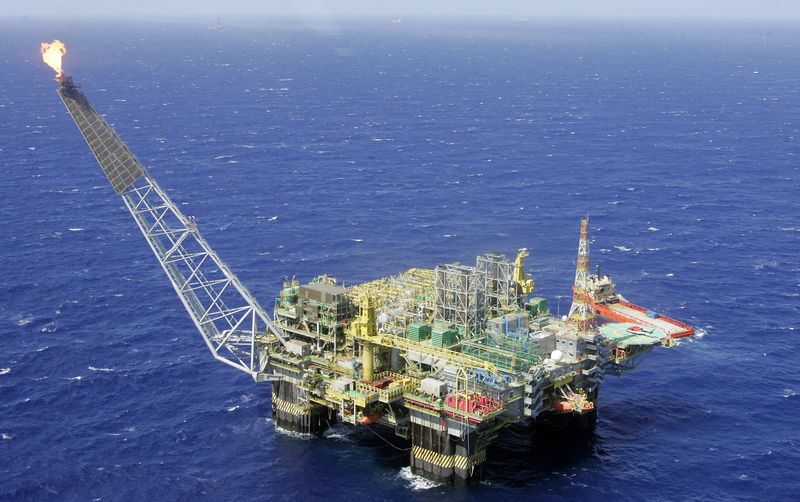Investing.com -- Wells Fargo analysts anticipate a deceleration in global oil-production growth for 2025, pointing to persistent cost pressures and supply constraints.
The analysts said that although oil prices have seen fluctuations in 2024, they remain largely unchanged from the start of the year.
This volatility reflects a tug-of-war between concerns about the global economy and shrinking production capacity, with the latter expected to dominate next year.
One critical factor cited is the rising cost of drilling new wells, which is expected to further constrain production.
As per Wells Fargo, the average breakeven cost for new wells in the U.S. now hovers around $65 per barrel—an increase of 6% from 2023.
With current oil prices, such as West Texas Intermediate trading near $72 per barrel, barely above breakeven levels, the incentive to ramp up drilling remains limited.
This economic reality is likely to inhibit production growth in the U.S., the world's largest producer, and other key regions, leading to tighter supply conditions in the coming year.
On the demand side, the report points to expectations of economic recovery, spurred by monetary easing cycles undertaken by global central banks.
As interest rates decline and liquidity increases, demand for energy, including oil, is expected to rebound. Wells Fargo argues that these combined supply and demand dynamics could result in higher oil prices throughout 2025.
This forecast reflects broader challenges within the oil sector, where structural issues have limited production capacity.
Despite technological advances, oil-producing countries continue to struggle with scaling output, and production increases remain incremental rather than transformative.
These constraints suggest that even if demand surges, meeting it through increased production could prove difficult.
As Wells Fargo concludes, the convergence of higher costs, supply constraints, and a recovering global economy points toward tighter market conditions and elevated oil prices ahead.
